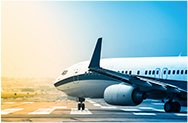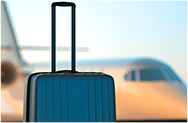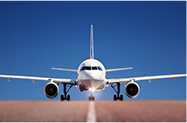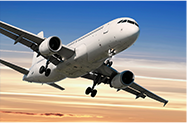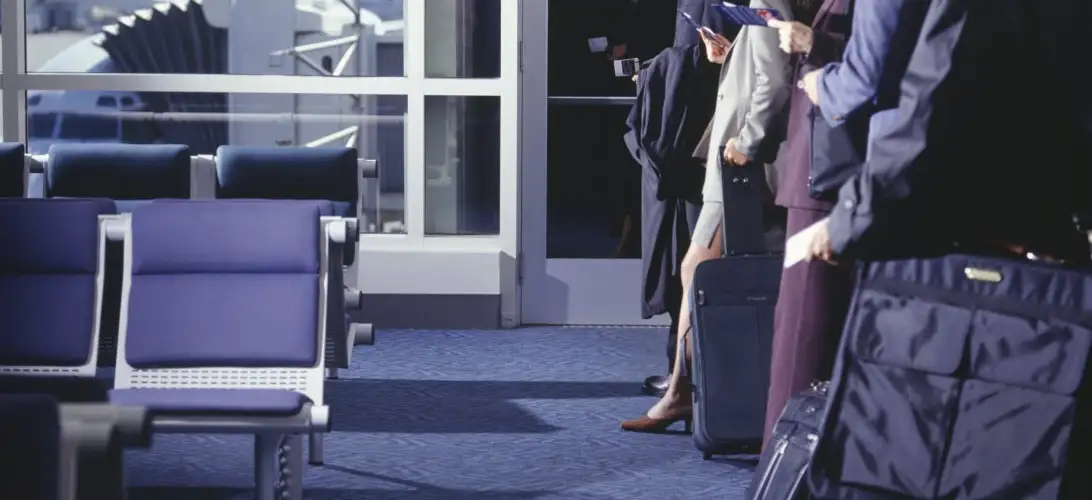
What’s next in the airlines’ relentless search for yet more sources of fee revenue?
FlightView’s just-released survey of more than 2,300 travelers, subtitled “How Airlines and Airports Can Capture More Revenue & Loyalty by Improving the Travel Experience,” may provide some clues.
The report begins with an observation about the current state of the airline industry: “Consolidation across the airline industry has left travelers with far fewer choices.” Since 1996, the number of airlines operating to and within the U.S. has decreased, from 252 to 173, with the top-10 carriers accounting for 87 percent of the seats offered for sale. Among U.S. carriers, American, Delta, and United now control around 59 percent of U.S. domestic seats, versus just 37 percent 20 years ago.
What does consolidation have to do with travelers’ wants and needs? Plenty.
For travelers, this consolidation often means inconvenient departure and arrival times, more connections, higher airfares and lots of compromises. For airports and airlines with inconvenient networks and schedules, it could mean losing business to competitors—as travelers seem more willing than ever to seek alternatives for getting where they need to go, faster and easier.
Related: Six Most Annoying Airline Fees
In other words, by making travel less comfortable and less convenient, the airlines have created a market for products or services that make travel more comfortable and more convenient. How to win for losing, right?
So, what would travelers be willing to pay extra for?
Of the survey respondents, 70 percent would pay more for a direct flight, most of whom expressed willingness to pay a 10-15 percent premium for the option. And Millennials were 31 percent more willing than other age groups to spend more to save time and minimize hassle.
The focus on direct flights spills over into travelers’ choice of airports, with almost 60 percent of respondents open to bypassing their primary airport in favor of a secondary airport with more convenient flight schedules and routings.
When it comes to the flight itself, a solid 50 percent of respondents would be willing to pay extra for premium onboard services. Once again, Millennials stood out from other demographic groups, with a full 60 percent interested in upgrading their travel experience, for a fee.
- 64% would pay extra for high-speed Wi-Fi
- 50% would pay extra for in-seat charging for electronic devices
- 31% would pay extra for texting capabilities
- 22% would pay extra to deplane early
So, a $25 surcharge to be among the first to get off the plane? It could happen. Check that… it probably will happen.
Reader Reality Check
What would you pay extra for?
You Might Also Like:
- The Sneaky New Way Airlines Are Raising Fares
- Airline Fees: The Ultimate Guide
- Worst New Airline and Hotel Fees of 2015
This article originally appeared on FrequentFlier.com.
We hand-pick everything we recommend and select items through testing and reviews. Some products are sent to us free of charge with no incentive to offer a favorable review. We offer our unbiased opinions and do not accept compensation to review products. All items are in stock and prices are accurate at the time of publication. If you buy something through our links, we may earn a commission.
Related
Top Fares From
Today's Top Travel Deals
Brought to you by ShermansTravel
France: 8-Night Paris, Avignon & Nice...
Infinity Worldwide Vacations
 vacation
$2880+
vacation
$2880+
Poconos: 3 Nts in Garden of...
ResortsAndLodges.com
 hotel
$305+
hotel
$305+
7-Nt Canada & New England Cruise,...
Princess Cruises
 cruise
$839+
cruise
$839+
